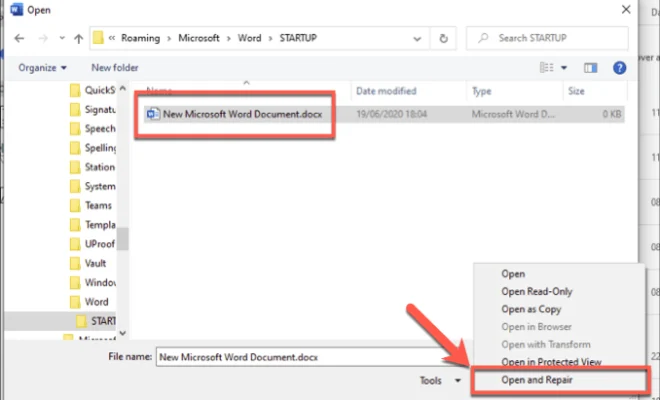4 Ways to Treat Dyslexia

Dyslexia is a common learning disability that affects millions of people around the world. It impacts the way the brain processes written and spoken language, making reading, writing, and spelling more difficult. While dyslexia can’t be cured, it can be managed with proper intervention and support. Here are four proven ways to treat dyslexia:
1. Multisensory Structured Language Education (MSLE)
A key approach to treating dyslexia is using multisensory structured language education (MSLE). MSLE combines visual, auditory, kinesthetic, and tactile techniques to stimulate different learning pathways in the brain. By engaging multiple senses, this method helps individuals with dyslexia form stronger connections with language concepts.
Structured lessons focus on phonics, decoding skills, spelling patterns, and grammar rules. By breaking down language into smaller components, individuals with dyslexia can develop a deeper understanding of how words are formed and improve their overall reading ability.
2. Assistive Technology
Assistive technology has become an invaluable tool for people with dyslexia. Various software applications and devices can help individuals overcome challenges related to reading, writing, organization, and time management.
Text-to-speech software allows users to hear written text read aloud while they follow along visually. This improves reading comprehension and reduces fatigue caused by decoding difficulties. Similarly, speech-to-text programs enable users to dictate ideas rather than type them out.
Additionally, tools like grammar checkers, electronic planners, and audiobooks can ease everyday tasks for those with dyslexia.
3. Individualized Tutoring
One-on-one tutoring sessions tailored to meet the specific needs of a person with dyslexia can be highly effective in addressing learning challenges. Tutors trained in dyslexia intervention techniques can systematically strengthen foundational language skills through repetition and positive reinforcement.
Research shows that individualized tutoring not only leads to significant improvements in reading and writing skills but also boosts self-esteem and confidence in individuals with dyslexia.
4. Accommodations and Support
Everyone learns differently, and schools should make accommodations for students with dyslexia to ensure their success. Accommodations may include extended time on tests, access to note-taking assistance, preferential seating in the classroom, and the use of assistive technology.
In addition, emotional support from parents, teachers, and peers plays a crucial role in helping individuals with dyslexia overcome challenges. Encouragement and understanding can make all the difference in building resilience and creating a positive learning environment.
In conclusion, there is no one-size-fits-all approach to treating dyslexia. However, using multisensory language education, assistive technology, individualized tutoring, and providing accommodations can have a significant impact on improving the lives of those affected by this learning disability. By understanding dyslexia and taking proactive steps to address it, individuals can conquer their challenges and achieve their full potential.

